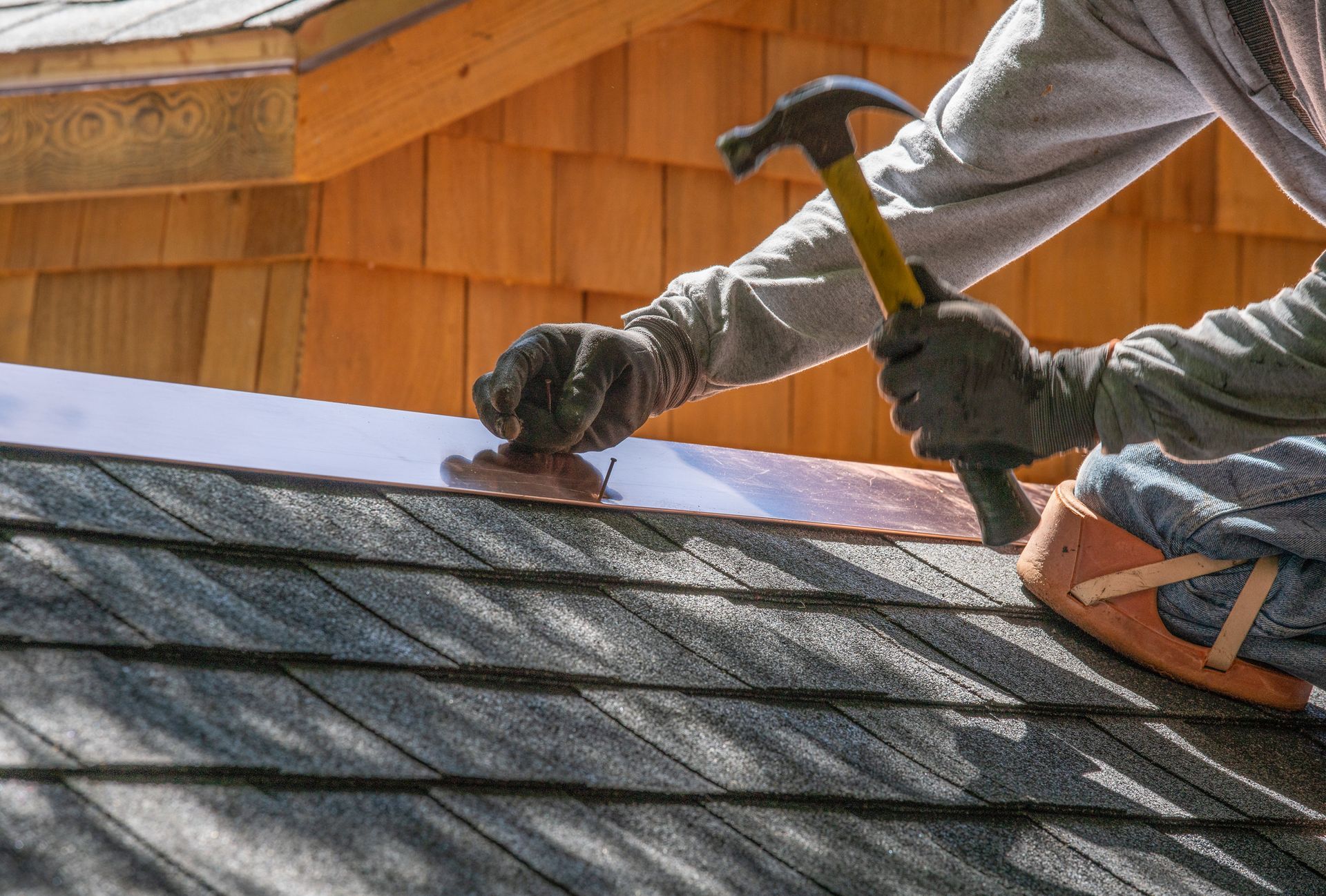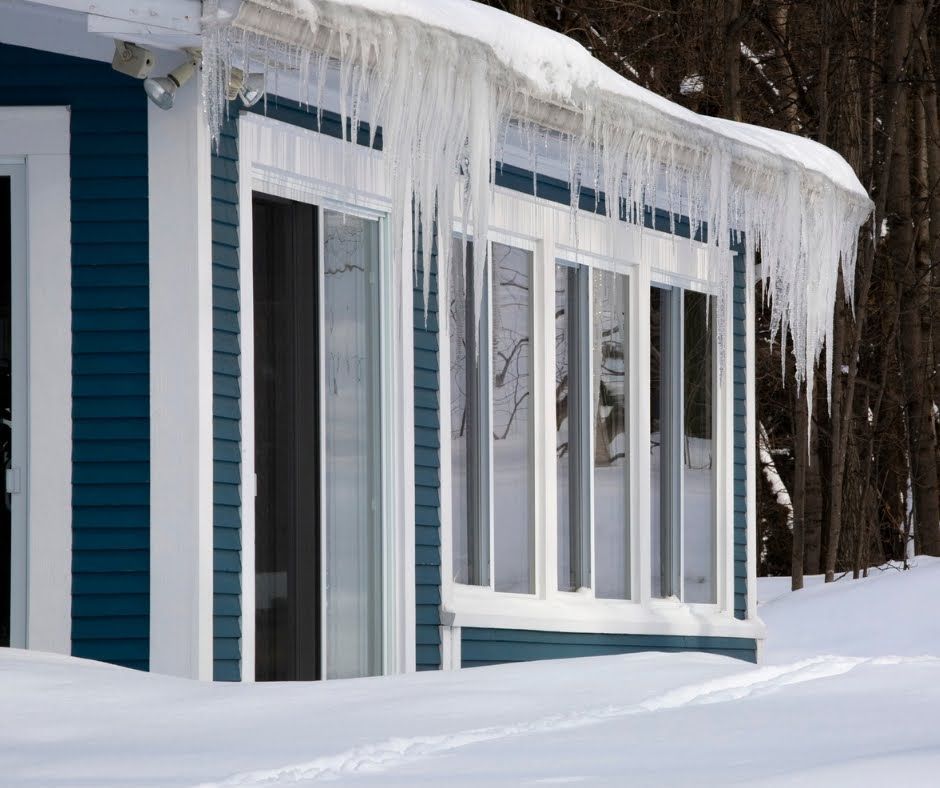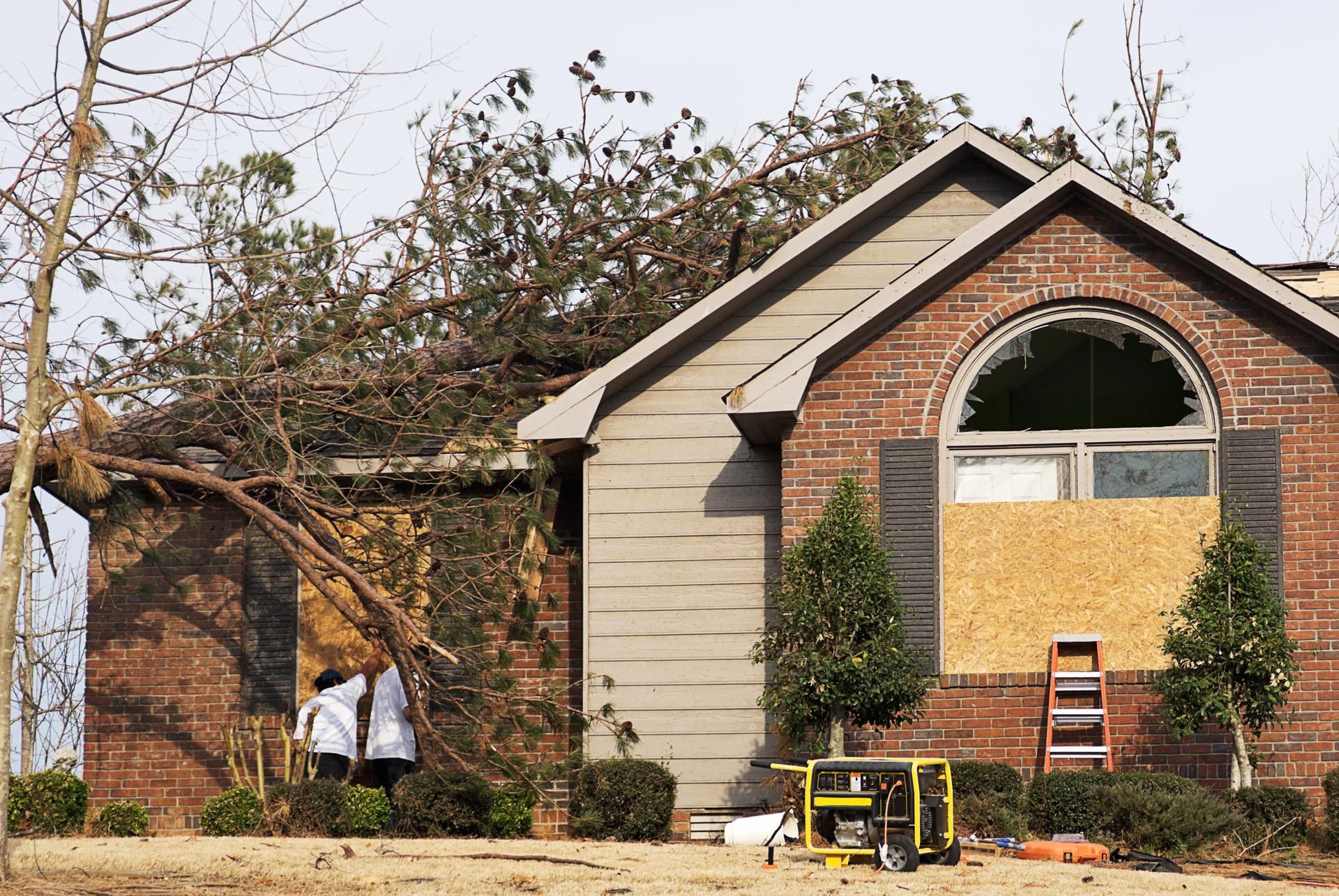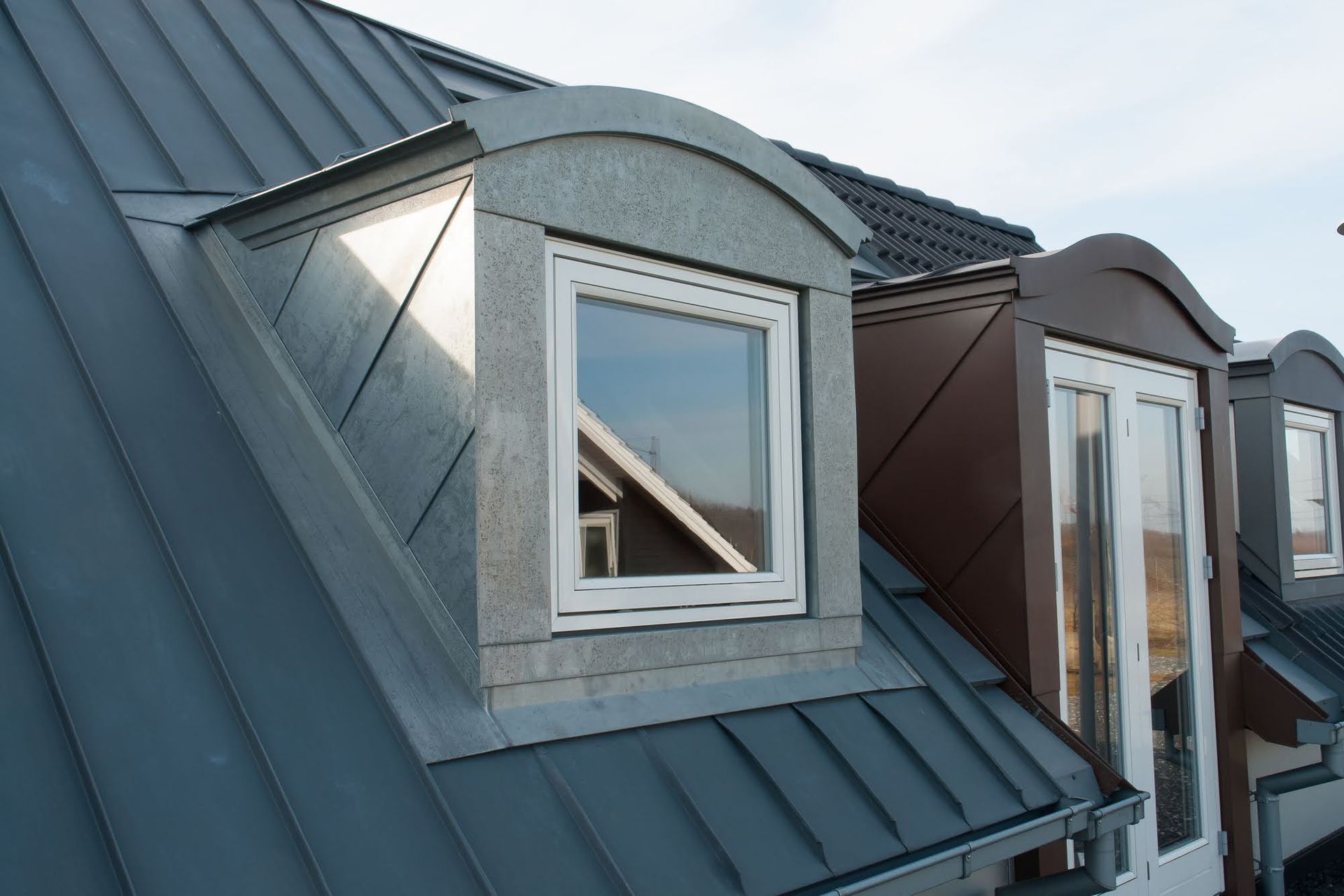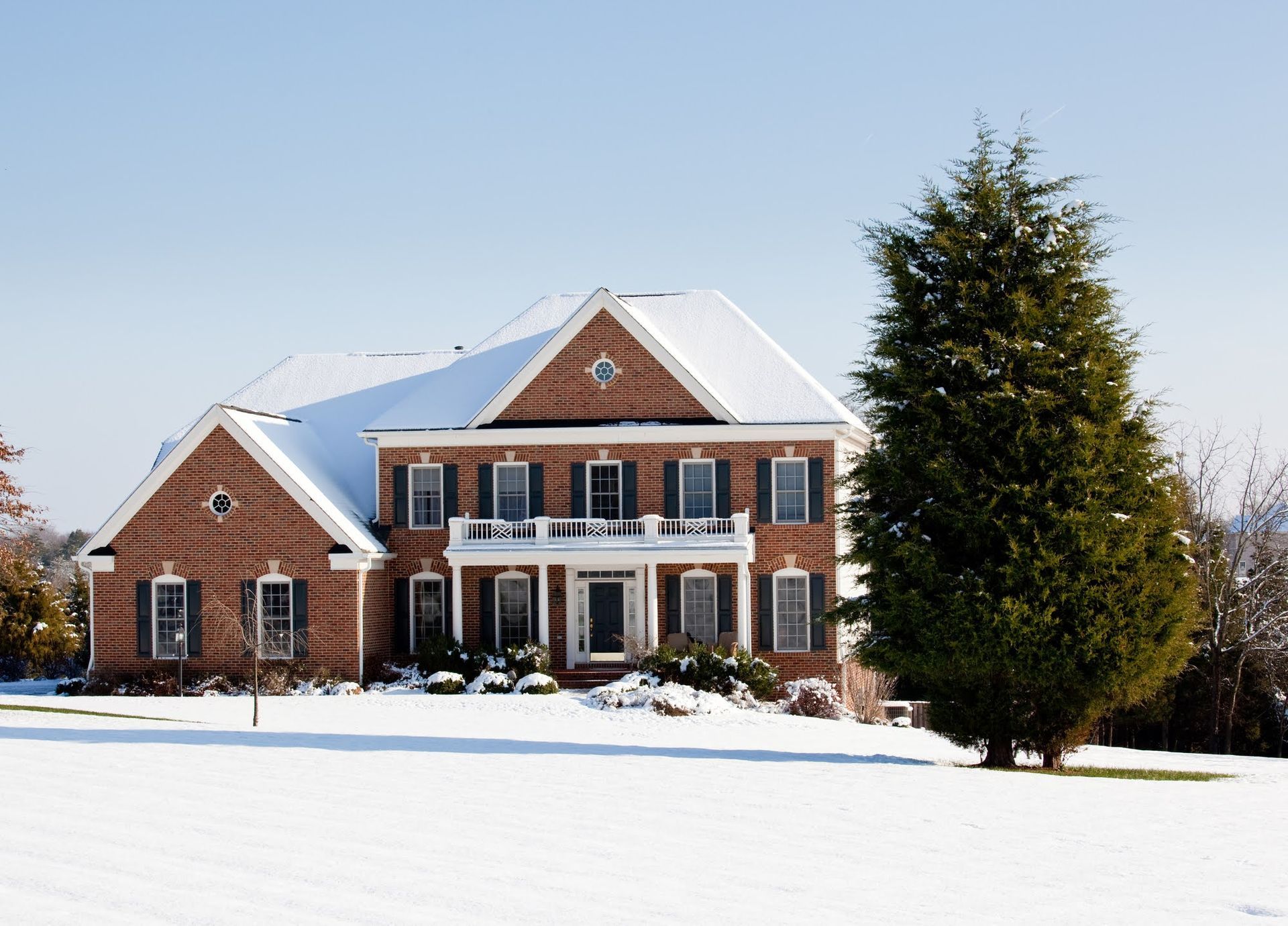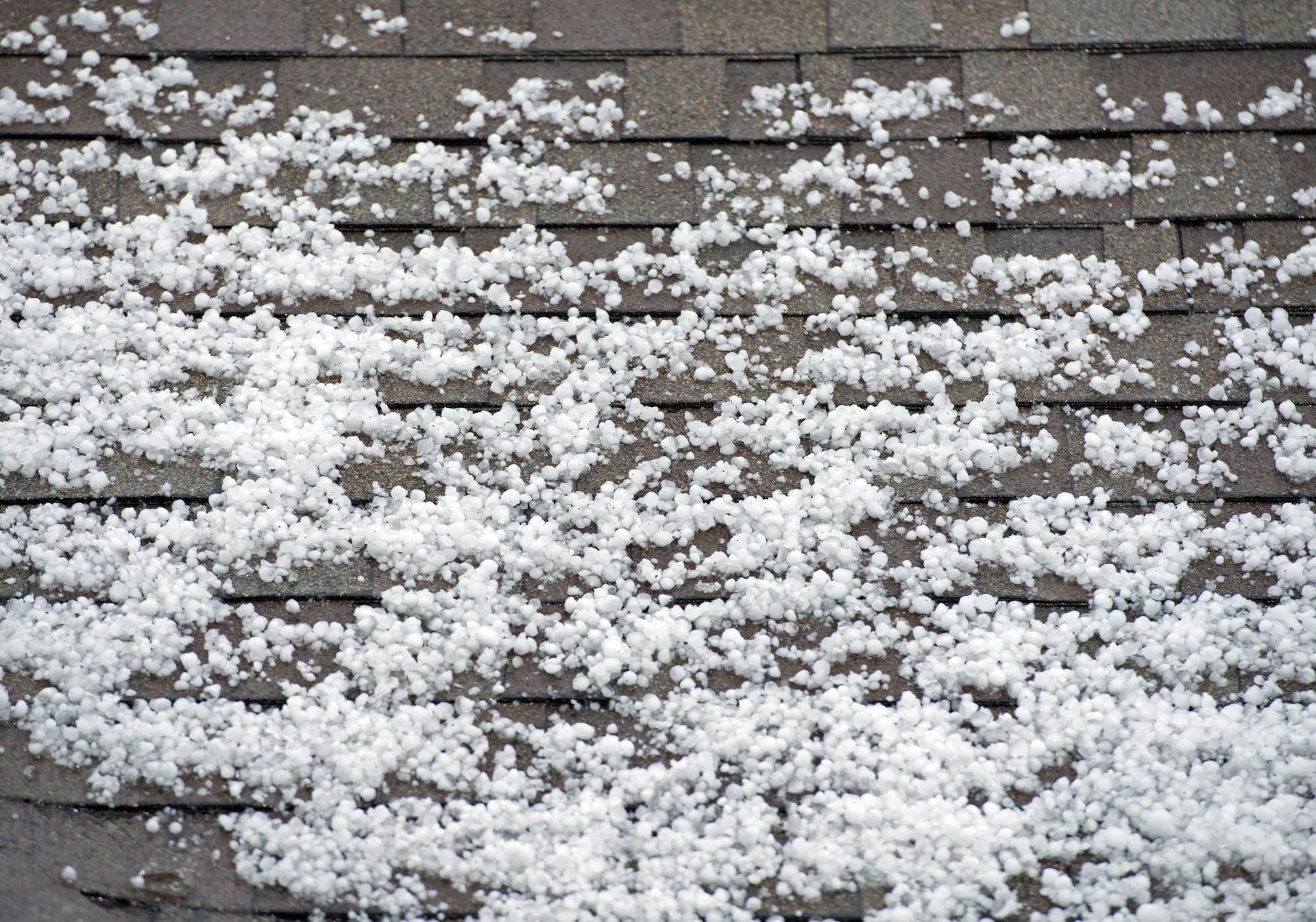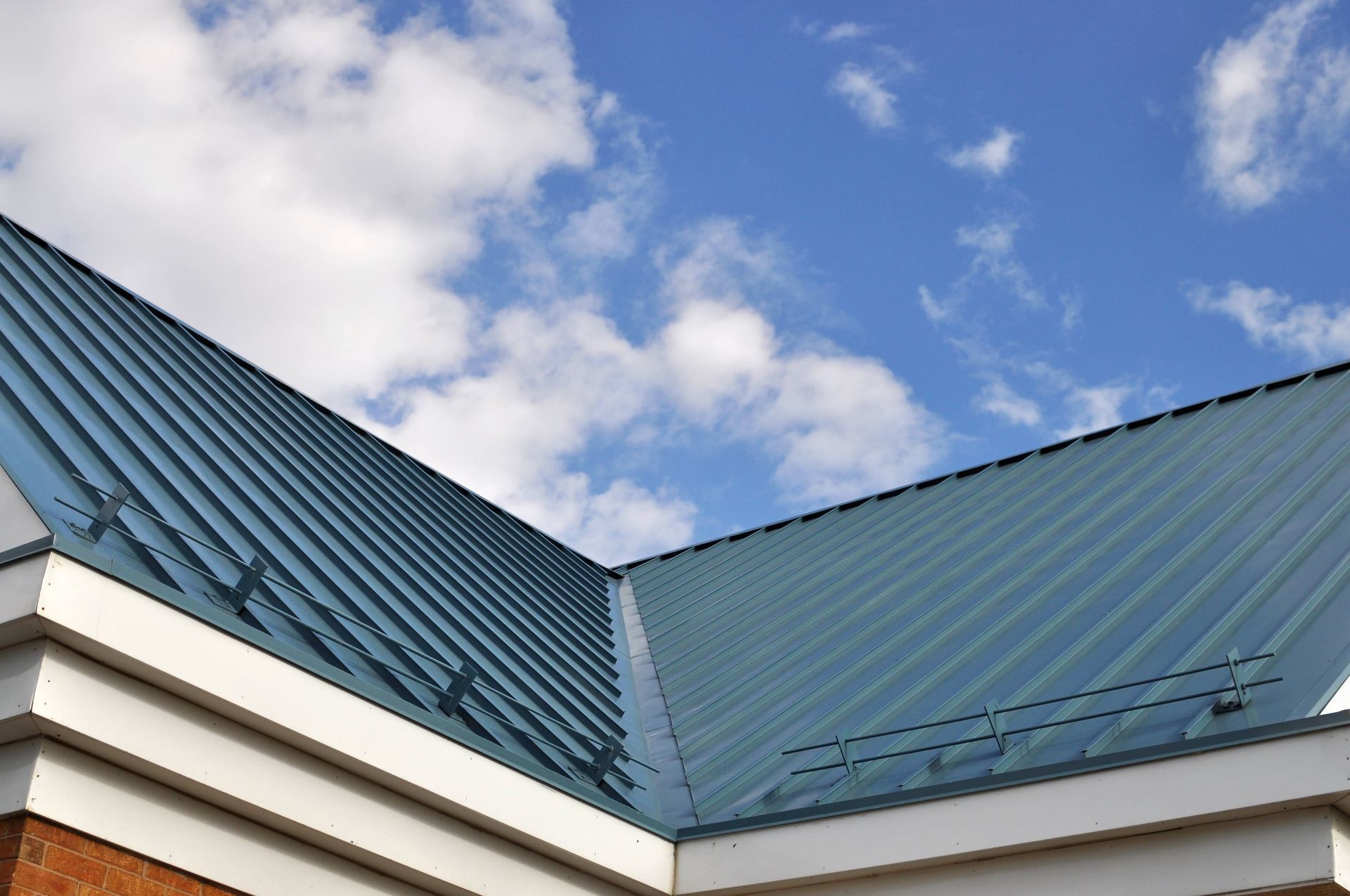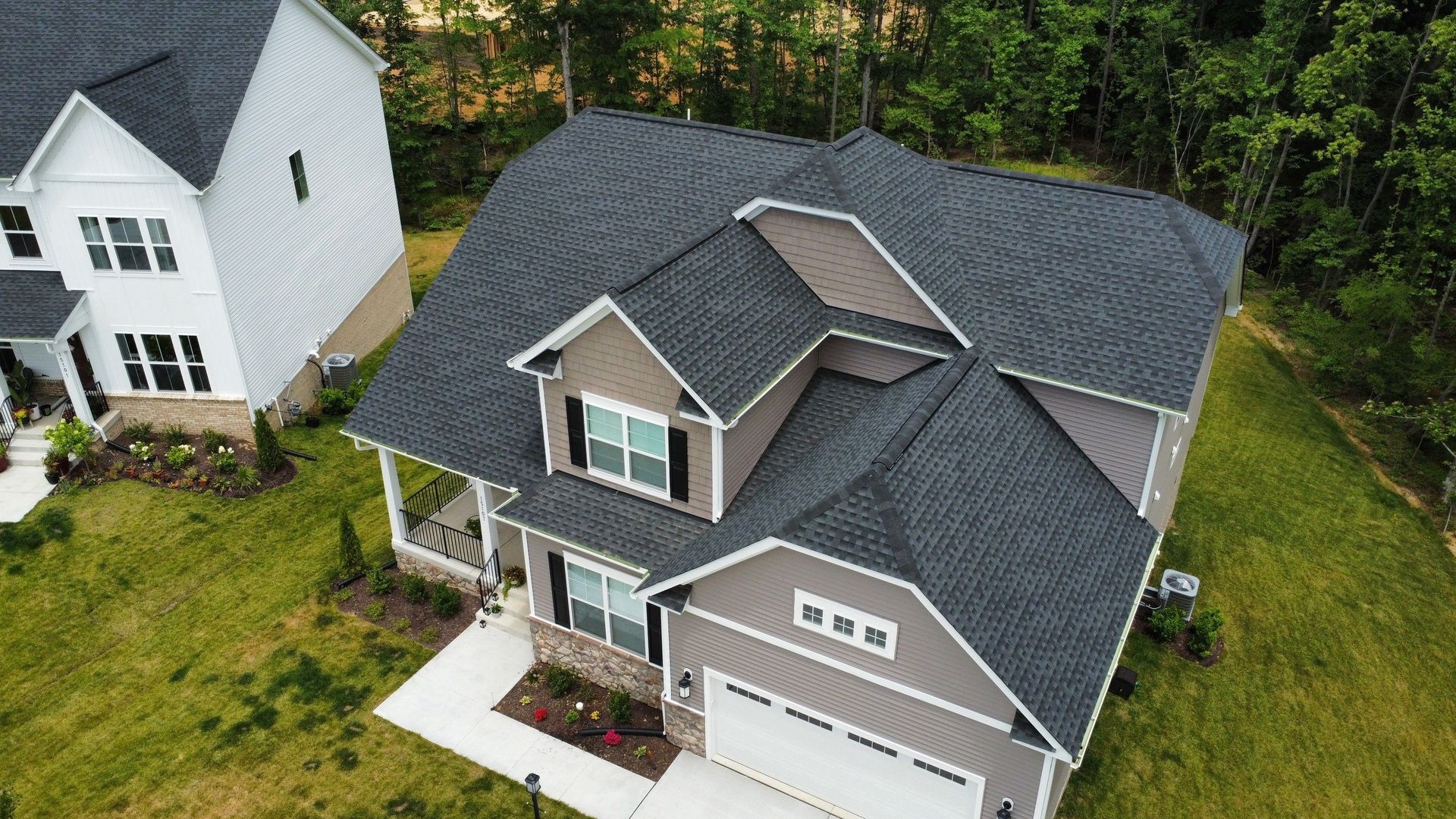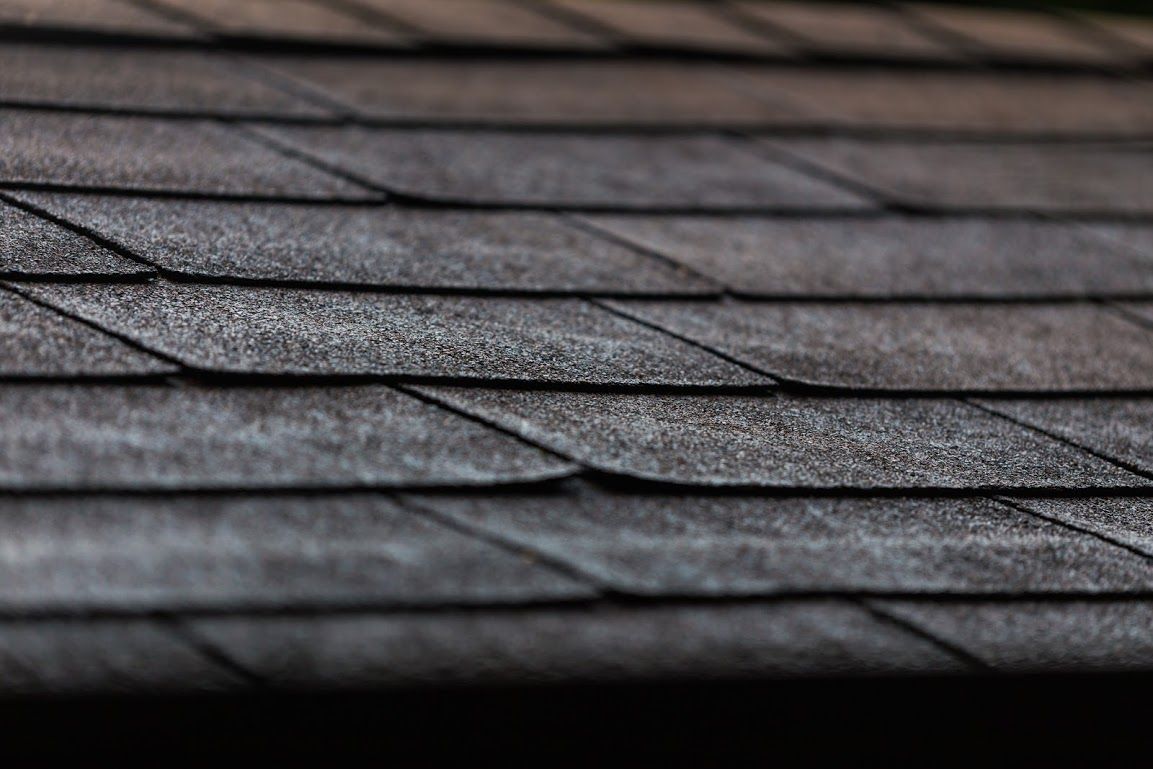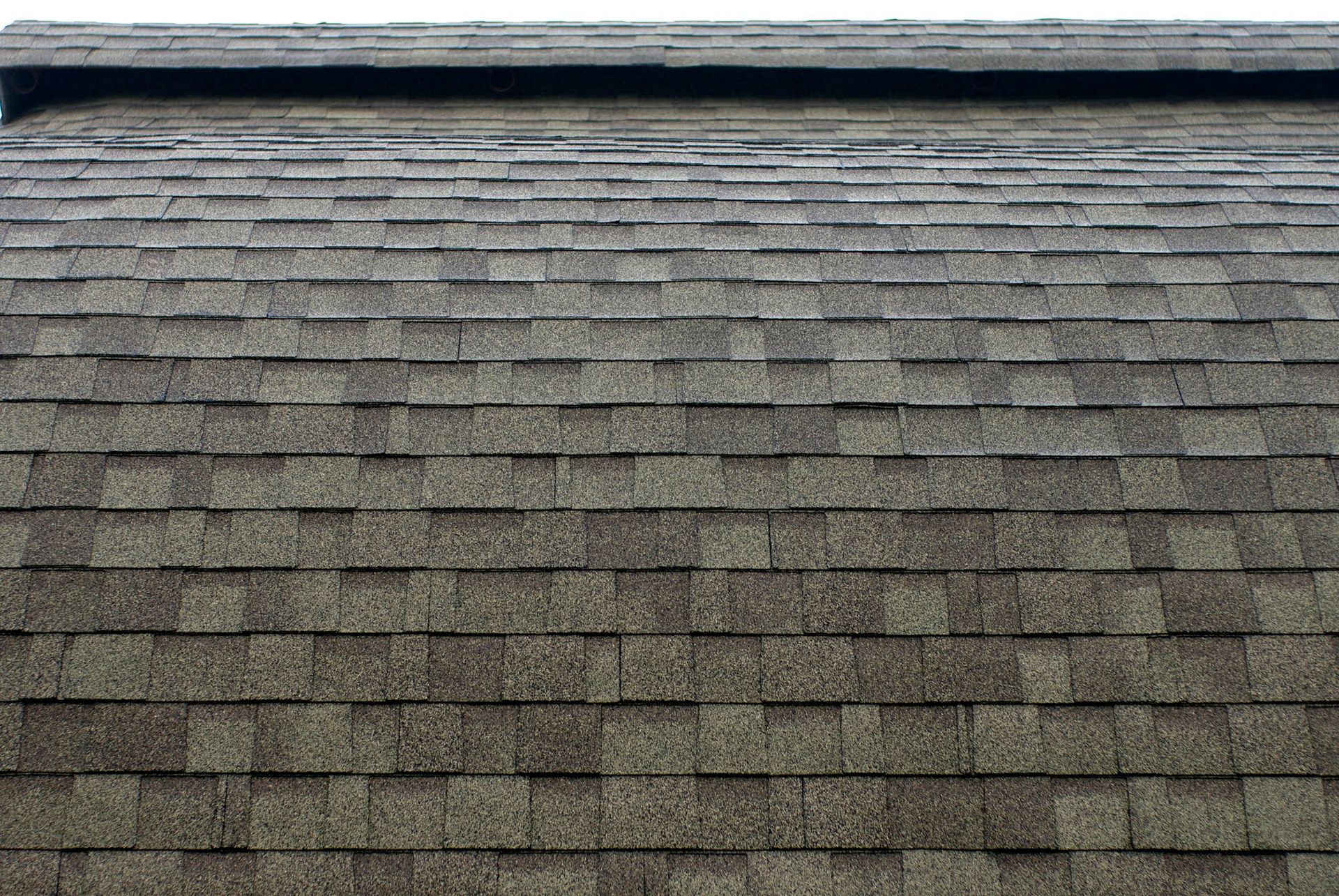3 Causes of Debris Damage on Roofs and How To Prevent Them
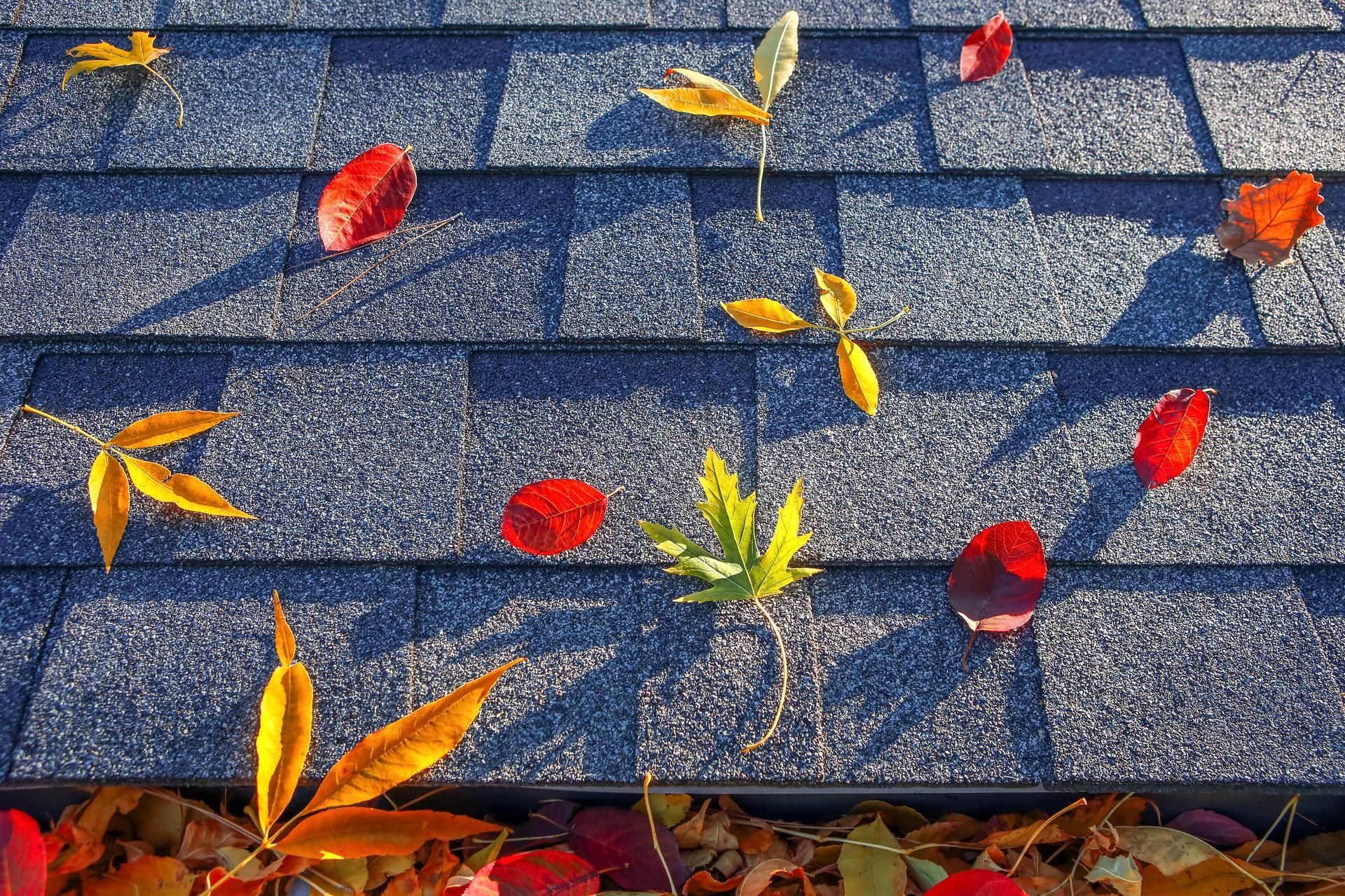
Debris on the roof may not cause immediate damage, but over time major leaks can occur due to the buildup. There are three main types of debris that affect a roof. Fortunately, there are also ways your roofer can help you manage the debris and prevent damage.
1. Moss and Algae
A green carpet of moss or a black stain of algae on your shingles may appear to be nothing more than a cosmetic issue. It may even look quaint and cottage-like. Unfortunately, there are still some reasons to be concerned.
Why It's a Problem
Although moss and algae don't send roots or vines through the shingles, they can still indirectly cause a leak. The main condition that causes moss and algae growth—moisture—can eventually weaken and penetrate the shingles. Asphalt shingles will begin to curl up from constant moisture exposure. Further, moss sometimes pushes its way beneath the bottom lip of a shingle so that it is lifted enough to allow water to seep beneath.
Prevention Tactics
Although regular roof cleaning can manage moss, prevention is a much better tactic that will cost less than annual cleaning in the long run. Roof coatings are available that help reduce moss and algae growth. Another option that works well for asphalt shingles is zinc strips. Moss and algae won't grow in the presence of zinc, so placing these strips under the shingles is an effective solution.
2. Tree Debris
Trees overhanging the roof or near the home don't have to actually touch the roof to cause trouble. The debris that falls from the crown, including branches and leaves, is the real problem.
Why It's a Problem
There is an obvious issue with large branches falling and puncturing the roof, but even the collected leaves and twigs on the roof can be an issue. The old plant material traps moisture against roofing material while also forming dams that cause water to backflow under shingles. The debris will also clog guttering systems, which can damage the roof fascia or cause ice dams to form on the roof.
Prevention Tactics
Trimming back the trees and cleaning debris from the roof and gutters regularly are a must. Your roofer can also help by installing fixtures called crickets in obstructed areas where debris tends to collect, such as behind chimneys or dormers. These crickets angle water flow around the obstructions, which helps push debris out and over the roof edge.
3. Animal Waste
Birds, squirrels, and rodents can all wreak havoc on your roof. Although you can't always keep the animals away, you can mitigate the damage caused by their waste.
Why It's a Problem
Animal debris includes droppings, nesting materials, and food hordes tucked away by squirrels and other rodents. Bird droppings are especially problematic as they contain acids that can eat away at asphalt shingles or metal roof coatings. Nesting and food horde materials sometimes clog rooftop vents, leading to condensation in the attic and damage to the roof's substructure. Not to mention, these waste items also trap moisture and can lead to leaks.
Prevention Tactics
A roof in good repair is less likely to result in nests or food hordes in problem areas, so make sure damaged shingles are repaired promptly and vent screens and caps are maintained. You can minimize access from squirrels and other rodents by trimming back tree branches so they don't overhang the roof. Your roofer can also install bird scare devices to prevent landing and roosting, such as bird spikes, netting, and sound machines or motion machines.
Contact CB Chandler Roofing if you need help with your roof in Virginia.


